|
Bunching onion is great to eat at all stages of growth and can be used in virtually any recipe from any cuisine. This variety, known by a name meaning "big onion" in Chinese, earns its namesake. By the end of the summer, it grows to a couple feet tall.
Notice how the soil is mounded up against the base as it grows. This blanches the stem, keeping it tender and producing an onion that looks almost like a leek. When it's ready to be harvested, the long white stems are the best part and have a mild, sweet, onion flavor. These onions also store well in cold storage.
0 Comments
Chinese 'ong choy', aka water spinach or kangkung (what it's called in Malaysia where it grows rampantly) is a delicious and mild leafy green, which you will likely NOT find easily since...it is illegal to sell in stores! This is because while tasty, it is classified as invasive in the United States. We were lucky enough to have it at one of our favorite restaurants only because the chef grows it in his own garden. Since it's an aggressive spreader, growing it yourself means you'll have to be very careful to keep it under control.
These greens are so good steamed, boiled or sauteed. The leafy tops cook to a perfect texture that's neither too soft nor tough at all, and the stems have a bit of a crisp crunch. Notice the characteristic hollow stems. Water spinach is almost always cooked with shrimp paste. This I can't understand because I find it to be a mild and versatile vegetable that would go with anything. Me: Why is it always cooked with shrimp paste? My mom: It's ALWAYS cooked with shrimp paste. Me: But why? There must be some reason. My mom: It just is! Me: But WHY?!! My mom: NO WHY! So that's all I got from my mom. If anyone can shed some light on why this is such a traditional taste, please share!
I love the sight of these bottle gourds hanging in the garden like lanterns on a warm summer evening. Read the excerpt below from The Chinese Kitchen Garden to learn why many Chinese people, a very superstitious people, love to keep bottle gourds around the house as decoration as well. When my father does not need bottle gourds for food or products, he may grow another variety with an additional smaller bulb near the top. This double bulbed type is edible, but not desired for eating because of its awkward shape and small amount of usable flesh. However, these hourglass-shaped gourds are as symbolically auspicious as they are architecturally interesting, and they make for a beautiful decoration around the house. Called daji hulu in Mandarin, translated to “good luck gourd,” (hulu meaning bottle gourd), the name is also a synonym for a Chinese phrase that means happiness and prosperity. For decorative purposes, leave gourds to mature on the vine until the end of the season. If they are still not fully hardened, remove from the vine and store in a dry place. When fully dry, my father likes to sand these gourds to perfection. They can then be stained and even lacquered . We like to hang the gourds with a red string, a color that represents good fortune and joy. Miniature varieties sold as “miniature bottle gourds” or “baby bottle gourds” are perfect to grow and give as gifts, for adorning decorations like wreaths, or just strung here and there in the house as good luck charms. |
AuthorI'm Wendy Kiang-Spray, gardener, home cook, and author of The Chinese Kitchen Garden. Learn more about the book here. Enjoy the blog and be sure to like The Chinese Kitchen Garden Facebook page for notifications when there are new posts. Archives
April 2019
Categories
All
|
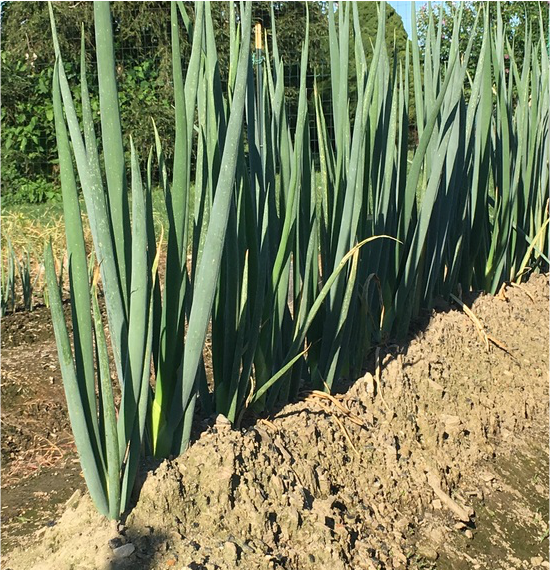
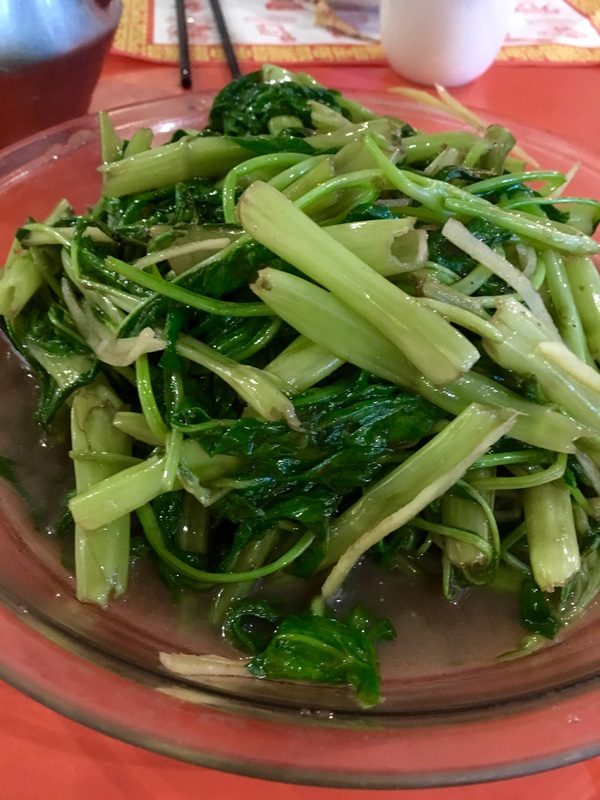
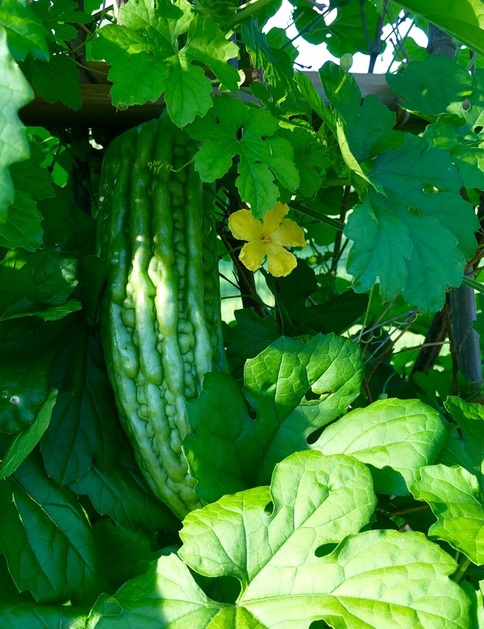
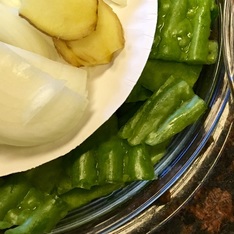
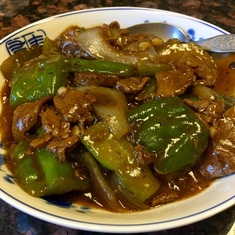
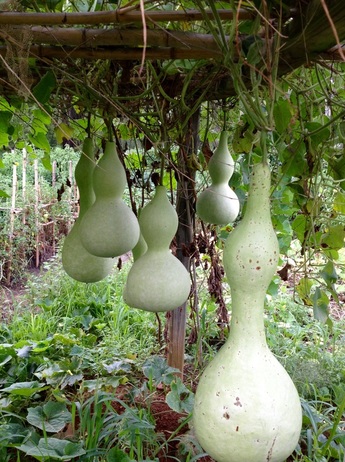
 RSS Feed
RSS Feed